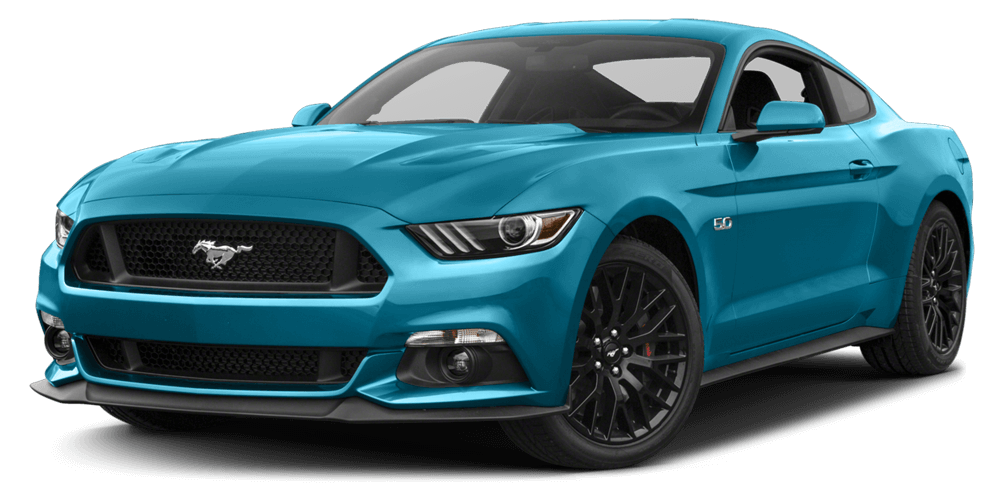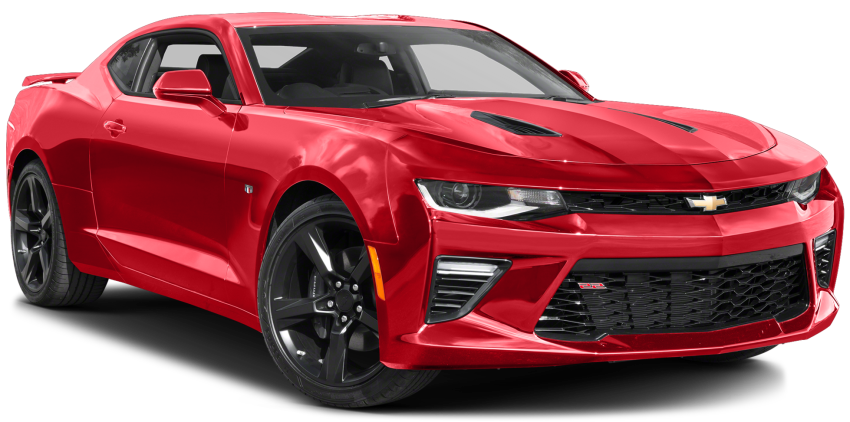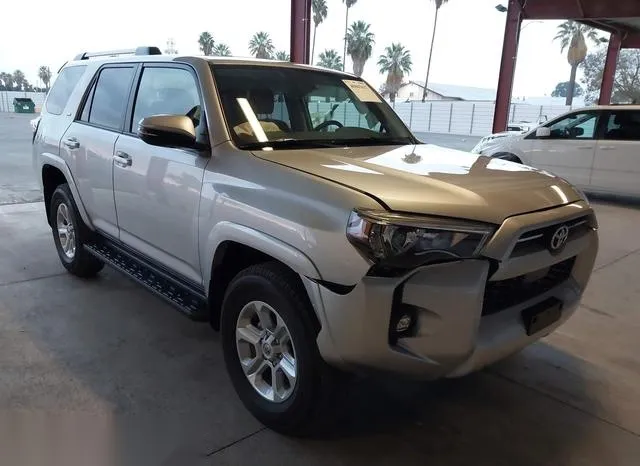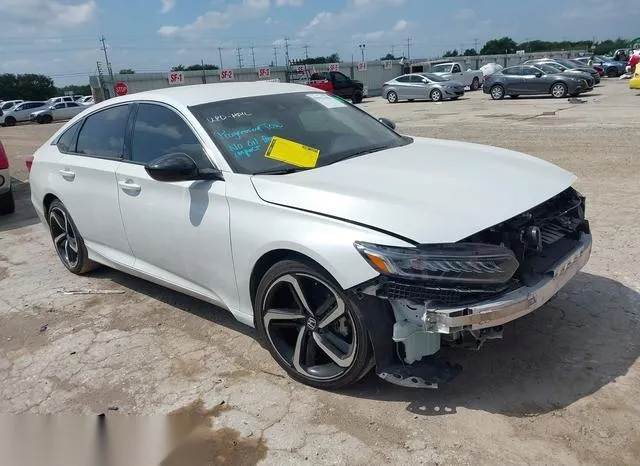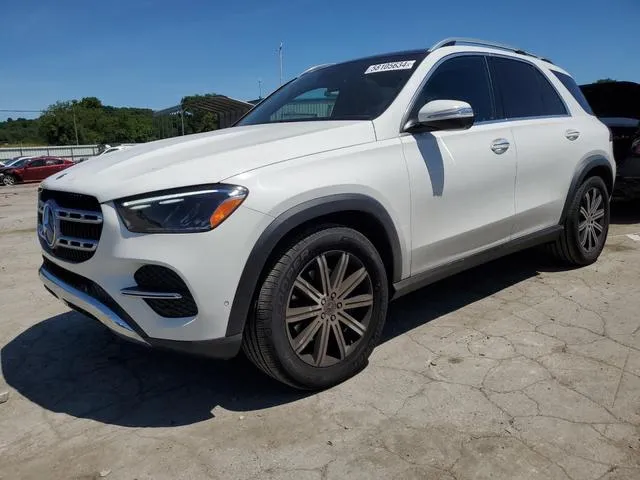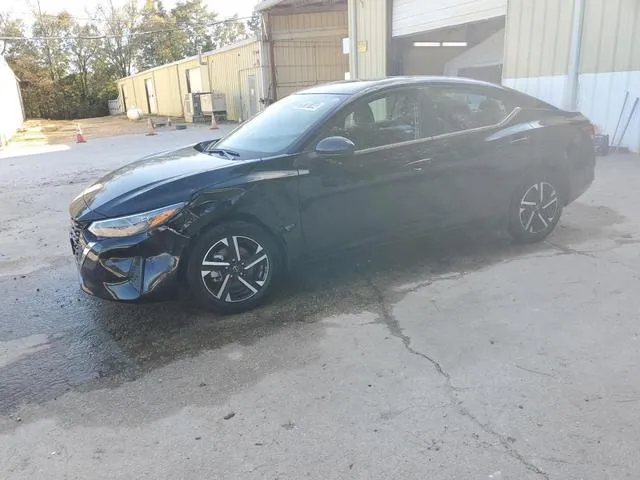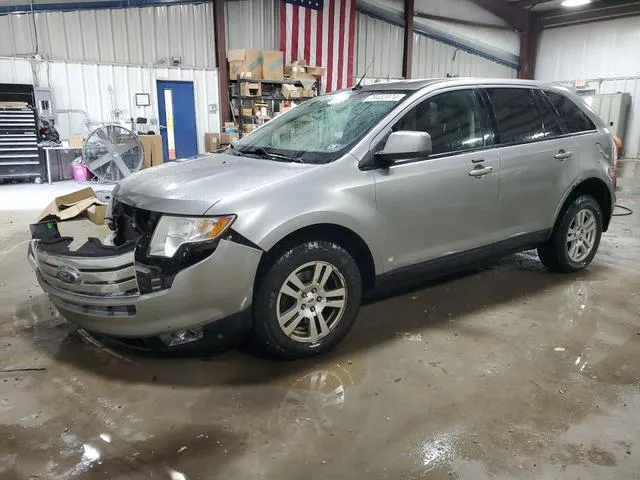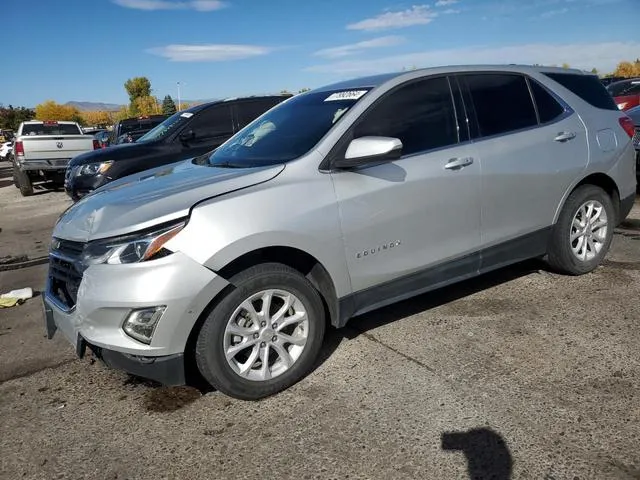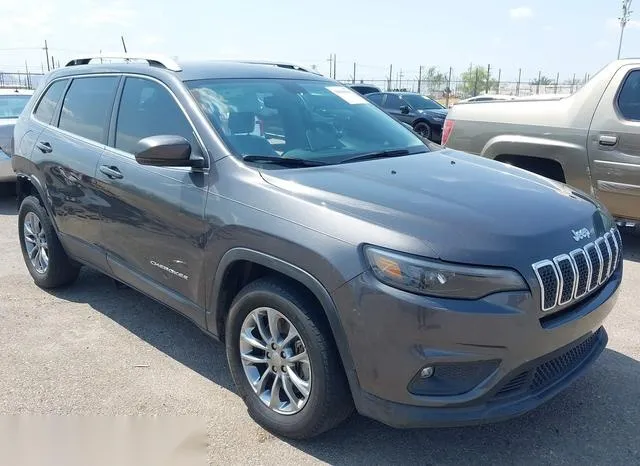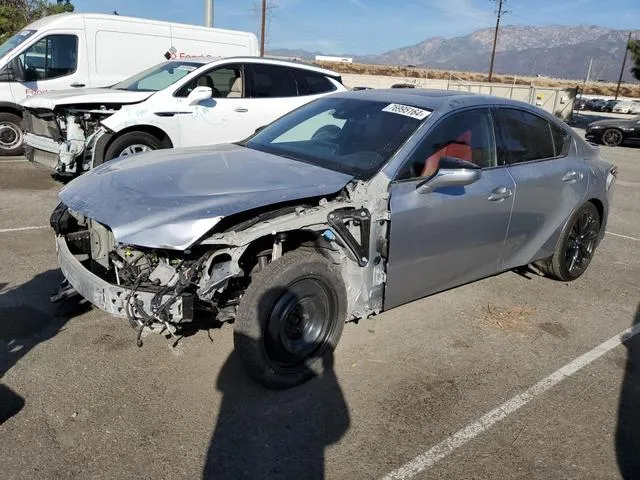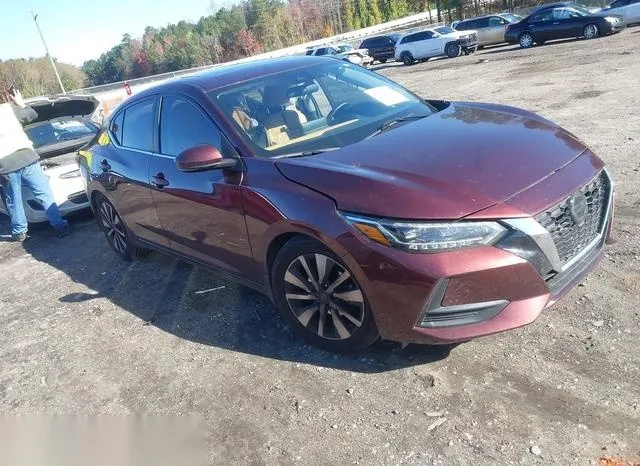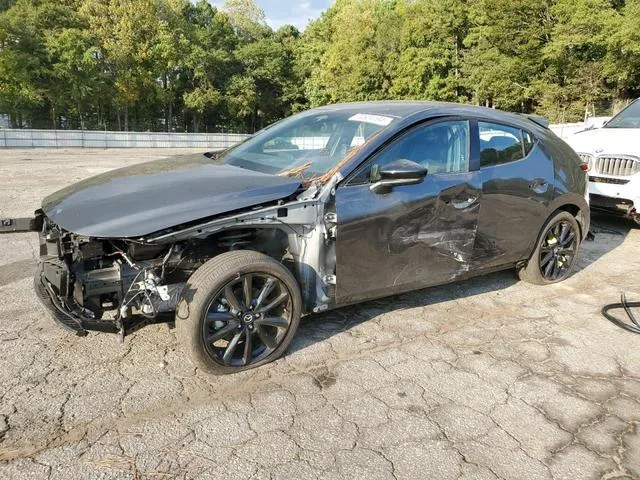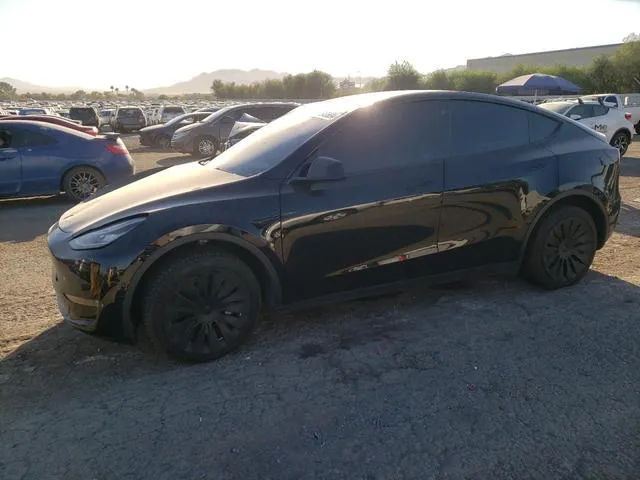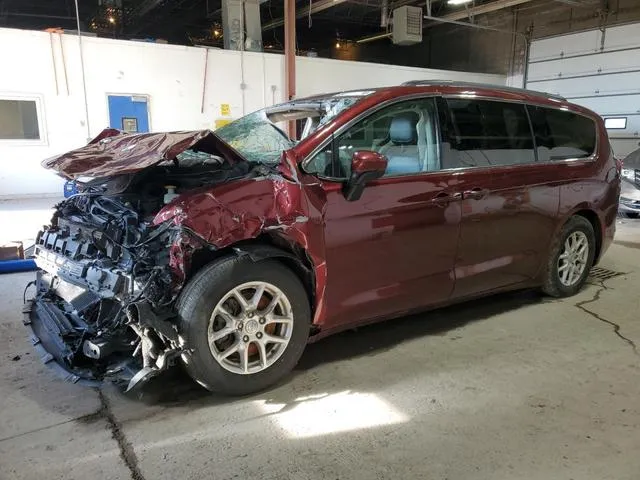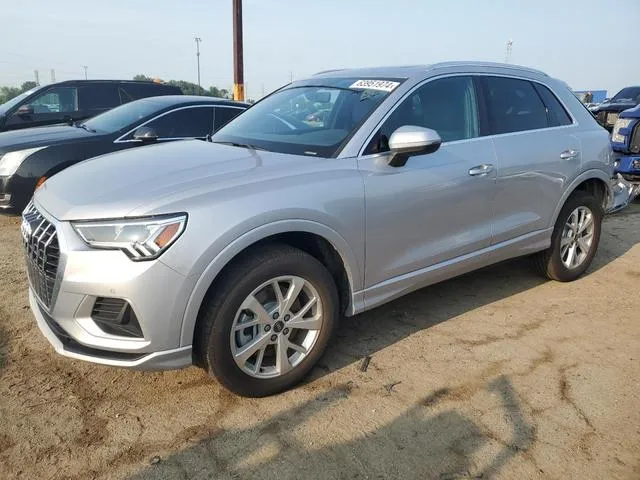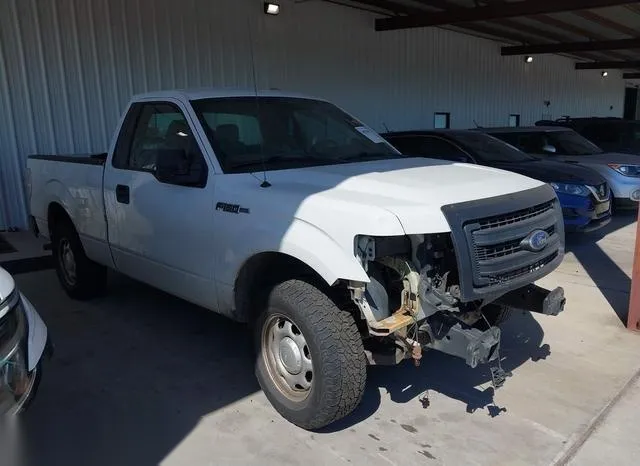The History of BMW and Its Iconic Models
Bayerische Motoren Werke AG, or simply BMW, is one of the most famous automotive brands in the world, known for its precision engineering, luxury, and performance. From its inception in the early 20th century to its modern status as a leader in innovation, BMW has crafted a rich legacy in the automobile industry. This article takes a comprehensive look at the history of BMW's cars, detailing their most iconic models and the innovations that have made BMW a beloved brand for driving enthusiasts around the globe.
BMW's Early Years (1916-1930)
BMW's roots can be traced back to 1916, when it was originally founded as an aircraft engine manufacturer. However, after the Treaty of Versailles in 1919, the company was forced to stop producing airplane engines, which led BMW to shift its focus toward motorcycles and automobiles.
The Birth of BMW Automobiles (1929-1959)
In 1929, BMW began producing cars after acquiring the Fahrzeugfabrik Eisenach factory. The first car to carry the BMW name was the BMW 3/15, which was essentially a rebadged version of the British Austin 7. Despite its modest beginnings, this marked the start of BMW's journey as an automobile manufacturer.
| Model | Production Years | Description |
|---|---|---|
| BMW 3/15 | 1929-1932 | The BMW 3/15 was the company's first car and was based on the Austin 7. This small, affordable car was aimed at the lower end of the market, providing a stepping stone for BMW to enter the automotive world. |
| BMW 328 | 1936-1940 | One of the most iconic pre-war BMW models, the BMW 328 was a sports car known for its excellent handling and lightweight design. It achieved great success in motorsports and helped establish BMW's reputation for performance vehicles. |
Post-War Rebirth and Expansion (1945-1960)
After World War II, BMW faced numerous challenges. The company had to rebuild its factories and adapt to a changing market. However, in the 1950s, BMW returned to producing automobiles, focusing on luxury cars that would appeal to the post-war economy's growing middle class.
| Model | Production Years | Description |
|---|---|---|
| BMW 501/502 | 1952-1964 | The BMW 501 and 502 were luxury sedans that marked BMW's return to car production after the war. Known for their opulence and the introduction of the powerful V8 engine, these models set the tone for BMW’s luxury future. |
| BMW Isetta | 1955-1962 | The BMW Isetta was a microcar that helped keep the company afloat during tough financial times. Originally an Italian design, BMW improved and produced the Isetta, making it one of the best-selling microcars of its time. |
The Neue Klasse Revolution (1960-1970)
BMW’s fortunes changed dramatically in the 1960s with the introduction of the "Neue Klasse" (New Class) series. These models transformed the company into a leading player in the global automotive market by offering a combination of sporty performance and practicality. This era set the foundation for BMW's future successes.
| Model | Production Years | Description |
|---|---|---|
| BMW 1500 | 1962-1964 | The BMW 1500 was the first of the Neue Klasse models, featuring a sleek design and a 1.5-liter engine. It was a compact sedan that struck a balance between affordability, performance, and comfort, making it an instant success. |
| BMW 2002 | 1968-1976 | Arguably one of BMW’s most famous models, the BMW 2002 is considered a forerunner of modern sports sedans. Its performance, agility, and fun driving dynamics made it a favorite among car enthusiasts and helped solidify BMW’s reputation for producing high-performance vehicles. |
The Evolving 3 Series, 5 Series, and 7 Series (1970-Present)
In the 1970s, BMW introduced a new series of vehicles that would go on to become synonymous with the brand. The 3 Series, 5 Series, and 7 Series defined BMW’s identity as a manufacturer of luxury, high-performance cars. These series have been continuously updated with new technology and design innovations, ensuring that they remain at the forefront of the luxury car market.
| Model | Production Years | Description |
|---|---|---|
| BMW 3 Series (E21) | 1975-1983 | The first generation of the BMW 3 Series, the E21, was a compact executive car that quickly became one of BMW’s best-selling models. Its balance of performance, style, and practicality made it a global success. |
| BMW 5 Series (E12) | 1972-1981 | The 5 Series was introduced as a larger executive sedan, positioned between the 3 Series and the 7 Series. The E12 generation combined luxury with driving performance, cementing its place in the business sedan segment. |
| BMW 7 Series (E23) | 1977-1986 | The 7 Series is BMW’s flagship luxury sedan, offering cutting-edge technology, powerful engines, and an opulent driving experience. The E23 was the first generation, setting a high standard for luxury and comfort. |
BMW M Division and Performance Cars (1978-Present)
The late 1970s saw the birth of BMW’s Motorsport division, which would go on to create some of the most iconic performance cars in history. The M division was responsible for transforming BMW’s road cars into track-capable machines while maintaining everyday usability.
| Model | Production Years | Description |
|---|---|---|
| BMW M1 | 1978-1981 | The BMW M1 was the first car developed by the BMW M division. A mid-engine sports car, the M1 was built to compete in motorsports, but it also became a road-going legend due to its powerful 3.5-liter inline-six engine and unique design. |
| BMW M3 (E30) | 1986-1991 | Based on the 3 Series, the E30 M3 is widely regarded as one of the greatest sports cars of all time. It dominated touring car racing and remains a beloved model among car enthusiasts for its handling, power, and iconic boxy design. |
Technological Advancements and Hybrid/EV Models (2000-Present)
In recent years, BMW has embraced the electric vehicle (EV) and hybrid markets, producing cars that balance performance with sustainability. The introduction of models like the BMW i3 and i8 showcased the brand’s commitment to innovation and the future of mobility.
| Model | Production Years | Description |
|---|---|---|
| BMW i3 | 2013-2022 | The BMW i3 was one of the brand’s first fully electric cars, designed for city driving. With a futuristic design, lightweight carbon-fiber body, and innovative technology, the i3 became a symbol of BMW’s shift toward sustainability. |
| BMW i8 | 2014-2020 | The BMW i8 was a plug-in hybrid sports car that combined futuristic design with high performance and eco-friendly credentials. Its unique gull-wing doors and hybrid powertrain made it one of the most visually striking and technologically advanced cars of its time. |
Conclusion
From its humble beginnings to its modern-day leadership in the luxury and performance car market, BMW has consistently pushed the boundaries of innovation and design. With a rich history that includes groundbreaking models across multiple segments, BMW continues to evolve, embracing new technologies while staying true to its heritage of driving excellence.



